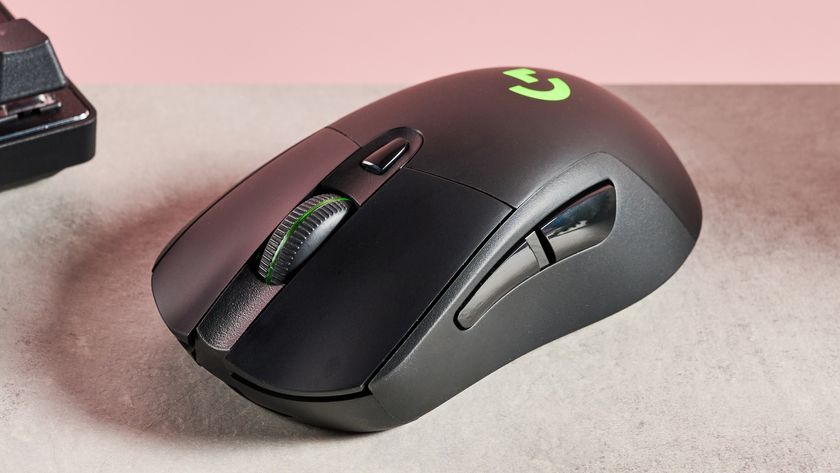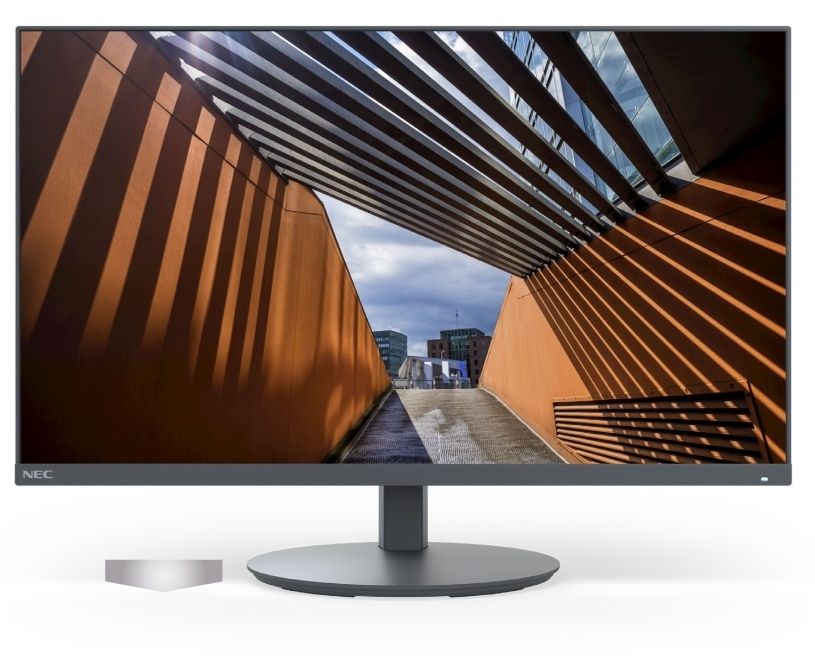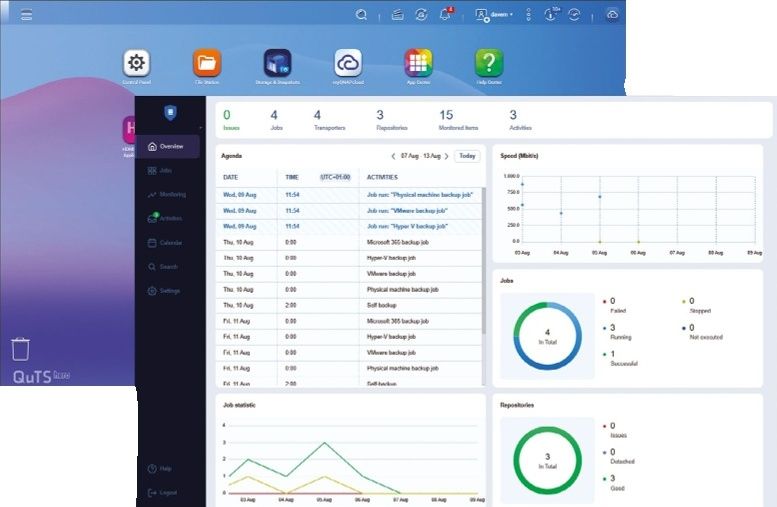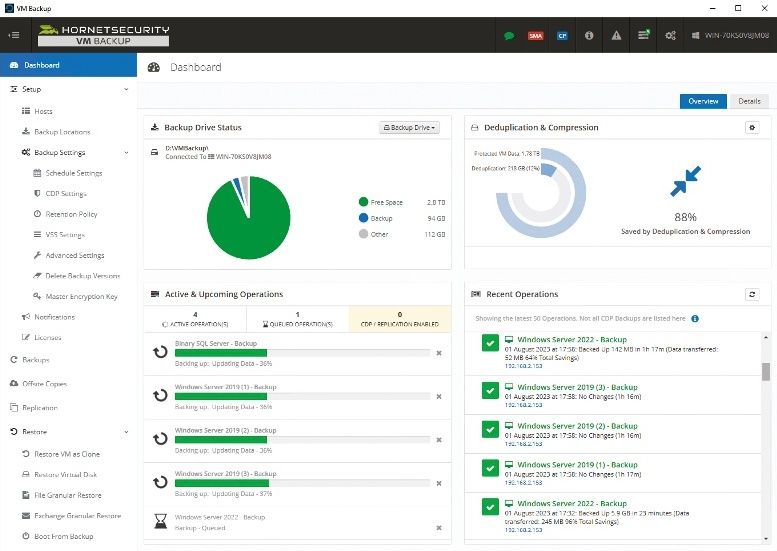Why you can trust TechRadar
Fuji HS20 review: Performance
Throughout our testing of the HS20; investigating all of its scene modes, effects and auto technology we found that on the whole the camera has a slight tendency to overexpose captures; diluting colour, texture and definition.
However a shortcut exposure compensation button has been included on the top of the camera – in between the shooting dial and on/off switch for users to quickly adjust exposure as needed and a range of manual and semi-manual controls mean users can tweak exposure to perfection once more confident. A selection of metering options are provided in the form of multi, spot and average and again a dedicated shortcut key is provide to maximise ease of use, yet as summarised previously we did find the camera to be slightly off kilter during use in auto modes.
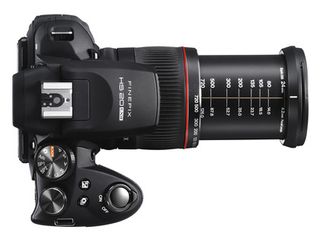
White balance on the whole was of a good standard, but if we were being picky we would point out that with the issues of overexposure in auto modes the colour replication wasn't as spot on as we'd have expected for a camera of this price – as the colours produced lacked the vivacity and depth they presented in reality.
What is good, however, is that users can access a catalogue of Film Simulation effects and opt for the 'Vivid' option to pump up hues when needed. The dynamic range provided is impressive as we would have perhaps expected being able to offer 1600%, yet we did find on the whole images perhaps lacked that level of contrast needed to add punch to the picture; especially evident in those frames affected with a B&W or Sepia filter.
Despite provisions made by Fuji we discovered some minor levels of fringing present in higher contrast situations when the images were viewed at closer inspections. However these are no worse than those seen on competitor models and are certainly less obvious than those generated using most compacts.
Whilst we appreciated the more than healthy focal range we found that auto-focus struggled to lock onto subjects at the telephoto end and hunted for its prey rather noisily. Likewise, whilst we had no problems locking focus in Macro mode, Super Macro mode proved more of a challenge – often claiming to have locked focus when the results in playback proved otherwise. We were impressed by the camera's AF tracking which prevailed in a great variety of occasions and the also the cameras three fold image stabilisation plan – which for the most part worked without issue.
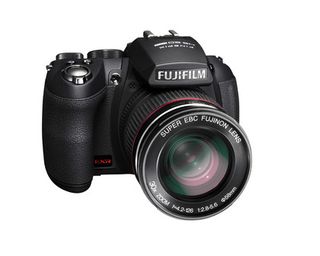
In terms of noise we found the camera's sensitivity range was more than adequate up to ISO 800. At ISO 1600 the results were still usable but coloured pixels begun to creep into the shadows and there was evidence of compromised definition. At ISO 3200 the whole image takes on a mottled grey tinge with noise becoming uncomfortable which is exaggerated further at ISO 6400, and thus colours and details become awkwardly distorted at ISO 12800. Comparatively however, the ISO performance of the HS20 is certainly within the same performance levels of its competitors.
Current page: Fuji HS20 review: Performance
Prev Page Fuji HS20 review: Build and handling Next Page Fuji HS20 review: Resolution and image quality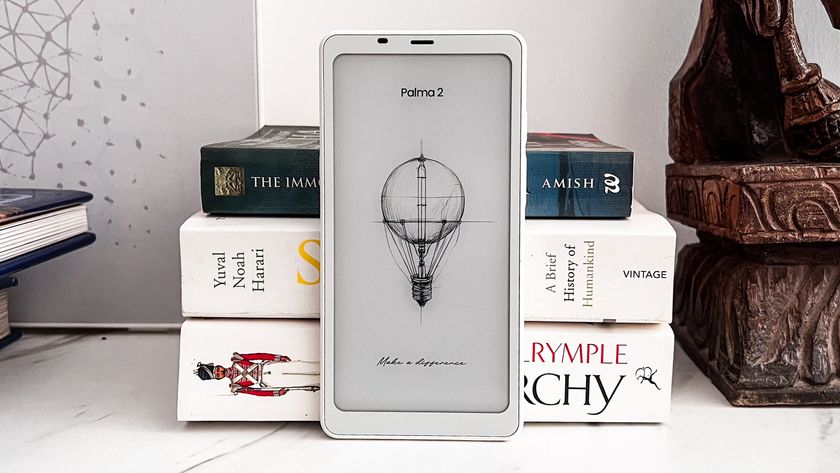
The phone-sized Onyx Boox Palma 2 is the compact ereader I can't put down, even if it's not the upgrade I was hoping for

438 crypto masterminds are responsible for the majority of pump-and-dump crypto coin schemes globally, researchers find

We just got our first look at the eShop on the Nintendo Switch 2


